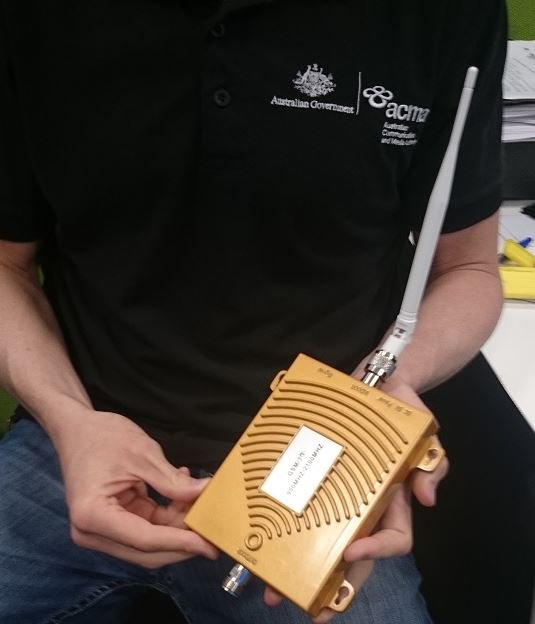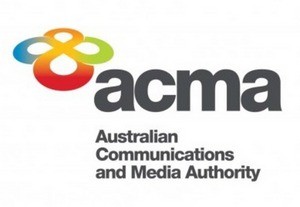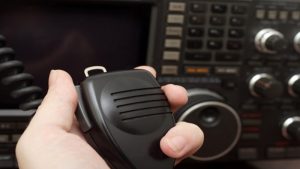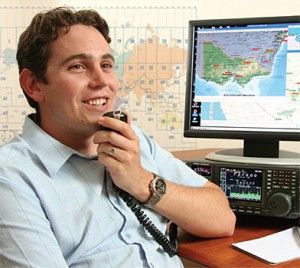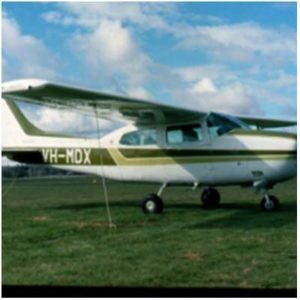
From the WIA, original post here.
Date : 24 / 09 / 2016
Author : Jim Linton – VK3PC
The search continued to solve the enduring mystery disappearance of an aircraft VH-MDX last heard from 35 years ago in the rugged Barrington Tops National Park, about 200 kms north of Sydney. It is a regular WICEN (NSW) event who with the Bushwalkers Wilderness Rescue Squad and several others look for the plane wreckage.
WICEN (NSW) President Steven Heimann VK2BOS said the exercise searches for the Cessna 210 missing with five people on board in stormy night in August 1981. WICEN was involved in the original search and in the 35 years since. The pilot of VH-MDX took off from Coolangatta in Queensland for Bankstown in New South Wales. Over Barrington Tops he radioed that his aircraft was unstable, losing altitude, may have had a lightning strike and ice on the wings.
Steven VK2BOS said about 50 were involved last weekend, but unable to find a trace. In many places they had to cut through thick vines while avoiding Gympie stinging trees that can result in severe pain for humans that last days or months. An ambulance stood by in case any searcher was injured in the exercise on September 16-18, but their services were not needed.
Some 12 from WICEN (NSW) met the communication challenges posed by the extremely rugged terrain. Each volunteer has rain-proof communications and in contact with WICEN (NSW) at several command posts.
A Bush Walkers Wilderness Rescue Squad team along with WICEN (NSW) have been conducting a review to narrow down the search area. It also uses LIDAR, a surveying technology of laser scanning or 3D imaging. WICEN (NSW) used a mix of commercial and amateur frequencies on UHF, VHF, and HF along with APRS tracking and messaging.
Steven VK2BOS said the plan was to solve the mystery disappearance of VH-MDX. Viewers of Channel 7 news saw an overview report on the search and rescue exercise, with WICEN (NSW) shown as we played an important role.
Here is a link to the news release (and here for a link to the ORARC story).

